Diseases and pests of felt cherry
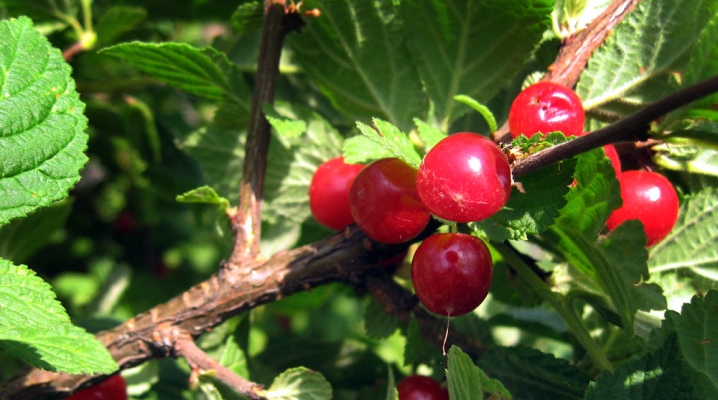
Felt cherry is grown in different climatic zones of the country and is loved for its unpretentiousness. Having planted such a tree on your site, you can count on a good harvest. So that insects and various diseases do not harm him, you need to know in advance everything about caring for such a plant.
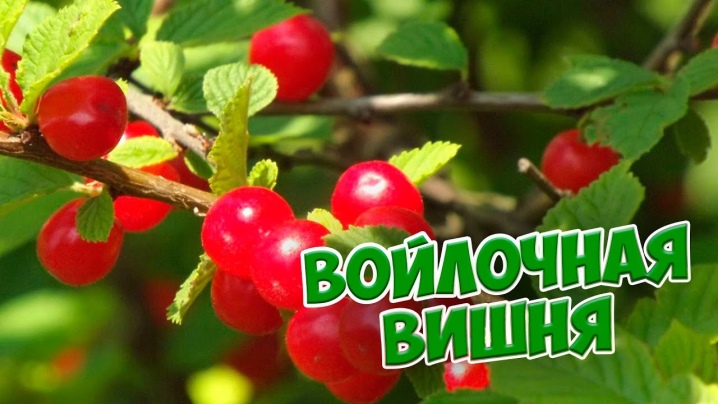
Diseases and their treatment
The main danger to felt cherries are common diseases. It is they who are able to destroy ripe berries in the shortest possible time.
Pocket disease
This fungal disease spreads very quickly.... An unusual type of ovary appears on the branches of the plant. The fruits that appear later also look quite unusual. They resemble soft elongated pouches. Such berries must be removed immediately, because they are the breeding grounds for infection.
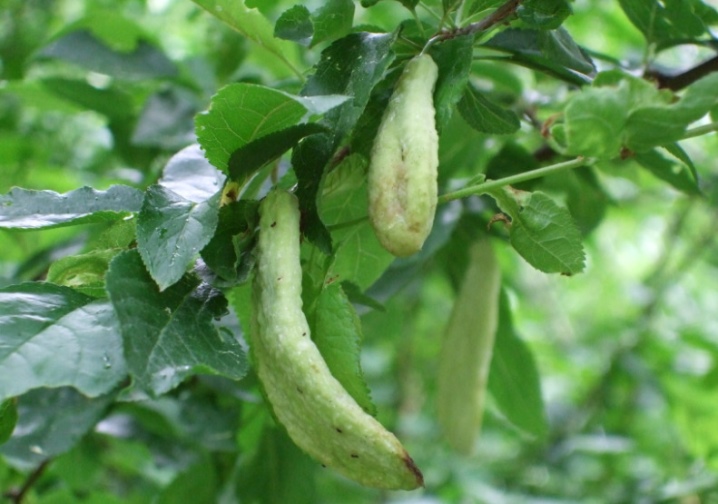
Timely prevention helps to save cherries from pocket disease. To protect plants, you need to:
- choose well-ventilated and dry places for planting young cherries;
- prune trees regularly so that the crown is not too thick;
- remove infected branches and burn them immediately.
In March, as a preventive measure, cherries need to be treated twice with a solution of copper sulfate. The break between procedures should be done in 3-4 days.
It is necessary to treat cherries for pocket disease immediately after the first signs of its development have been noticed. After all, the more it spreads, the more difficult it is to save the tree.
In the fight against the disease, high-quality fungicides are used. You need to use them following the instructions on the package.

Moniliosis
Moniliosis is another common fungal disease. It initially infects berries and later spreads to branches and leaves. The fact that the plant is sick can be understood by the following signs:
- cherry begins to dry immediately after flowering;
- flowers take on a copper-brown hue;
- leaves dry and fall off quickly.
All these symptoms can be noticed in the first days of summer. The tree affected in this way dries very quickly.
If diseased branches are not removed in time, the disease will also affect neighboring trees. Moniliosis is dangerous for all types of stone fruit crops.
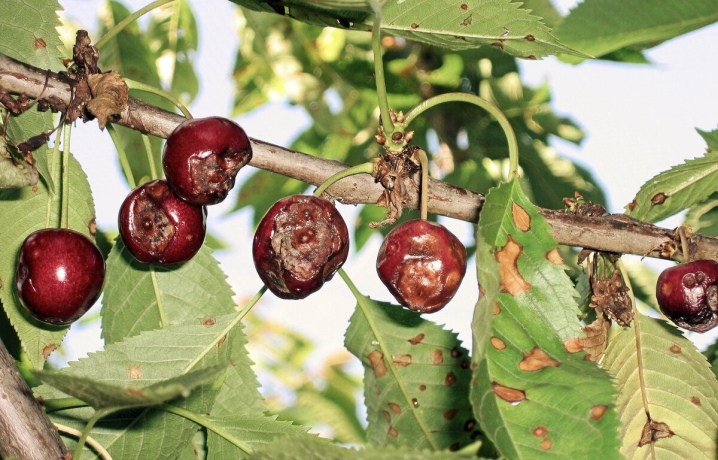
Infected cherries can be treated with 1% Bordeaux liquid, Horus or iron vitriol. All these products should be applied after flowering. Before using the products, you must carefully read the instructions on the packaging.
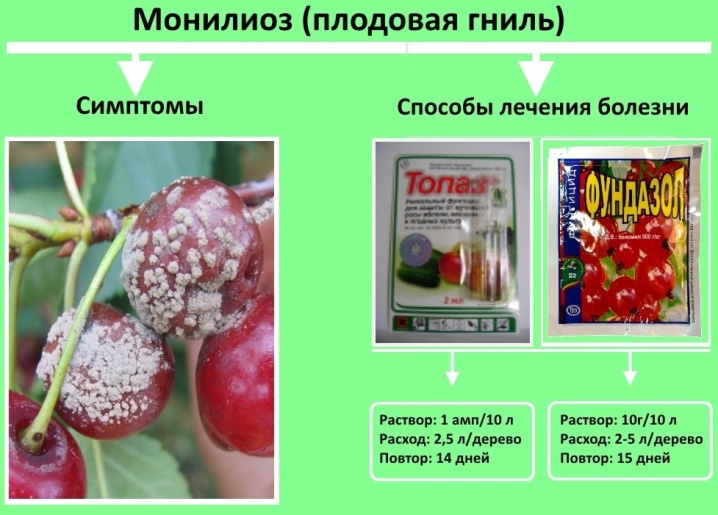
Clasterosporium disease
This disease, like the previous one, is dangerous for all stone fruit crops. Plant disease is indicated by:
- the appearance of brown growths on the branches;
- unnatural swelling of the kidneys;
- cracks in the bark;
- the appearance of dark red-brown spots on the leaves.
Over time, these small spots dry out and crumble, leaving holes behind. At the last stage of the disease, the branches of the plant dry up, the foliage falls off prematurely.
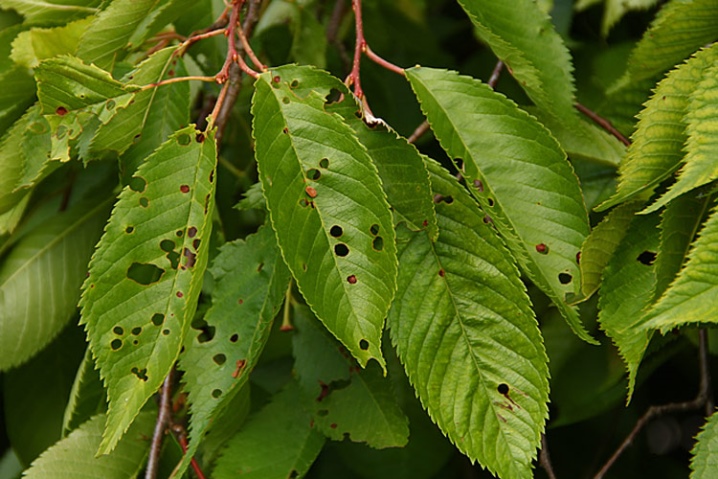
There are different ways to deal with this disease. Proven preparations are usually used for processing wood.
-
"Horus"... Three grams of the drug are diluted in 10 liters of water. The tree should be sprayed with such a product during the growing season. This should be done 2-3 times with a break of 8-10 days.
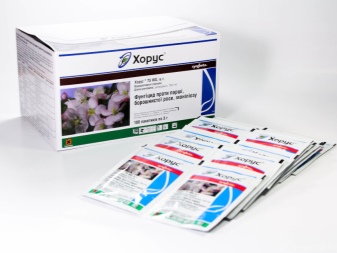
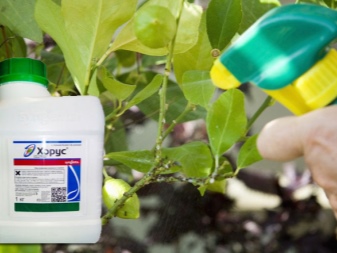
- "Cuproxat". The product can be used both as a prophylaxis and for active fight against the disease.
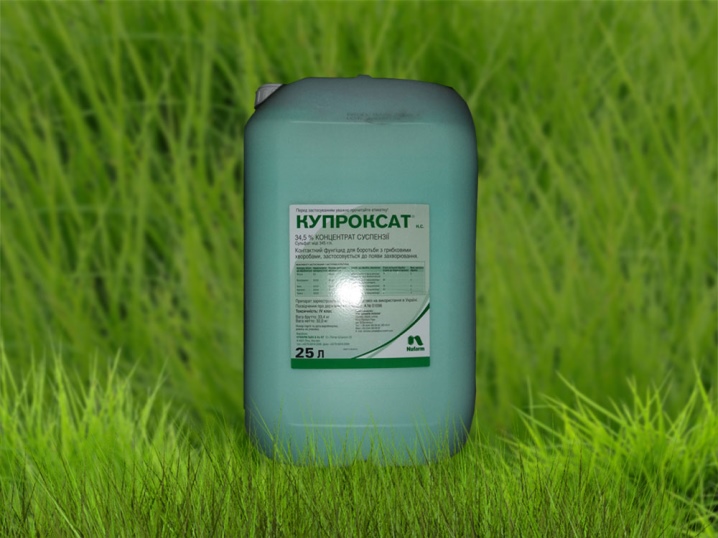
- "Speed"... The solution is used to treat plants before and after flowering.During the preparation process, 2 ml of the product is diluted in 10 liters of water. The consumption of the working fluid depends on the selected variety and the age of the plant.
The last treatment with any of the selected preparations can be carried out no later than 20 days before harvest.
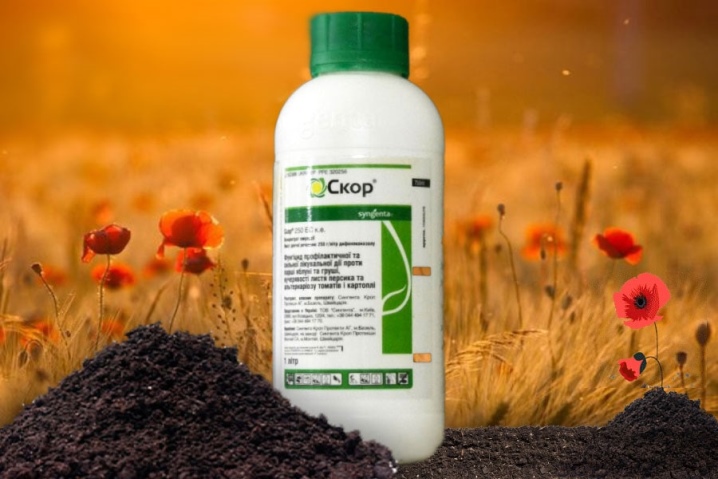
Coccomycosis
Felted cherries are also commonly affected by this disease. There are several main signs of this disease:
- red dots appear on the leaves;
- spores form on the bottom of the sheet;
- foliage crumbles over time.
It is worth noting that a tree with coccomycosis is unstable to frost. Therefore, if it is not cured in time, it will completely die.

Pests and the fight against them
Various insects can also harm the crop.
Aphid
This pest is dangerous for cherries. It does the most harm to young leaves. Aphids make the plant weak and unstable to various diseases. You can notice the appearance of such insects on the site by several signs:
- leaves on the tree curl;
- a sticky mark appears on the shoots;
- branches dry out over time.
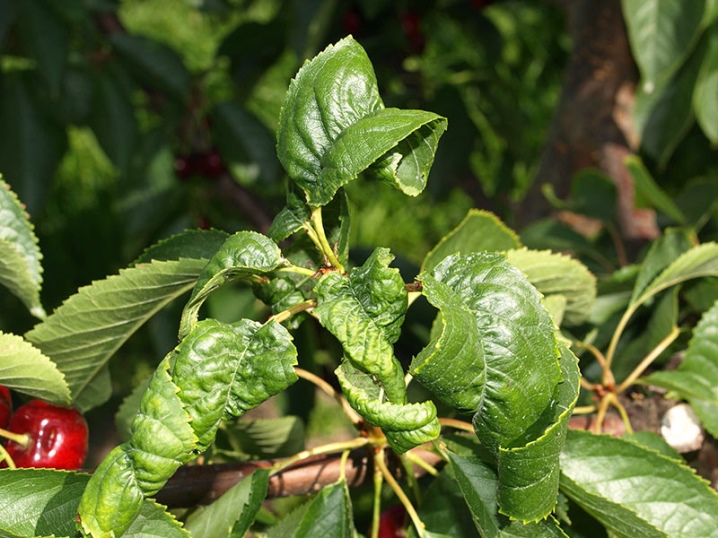
Getting rid of this pest can be quite simple. To do this, you can use chemical products such as "Commander" or "Iskra".
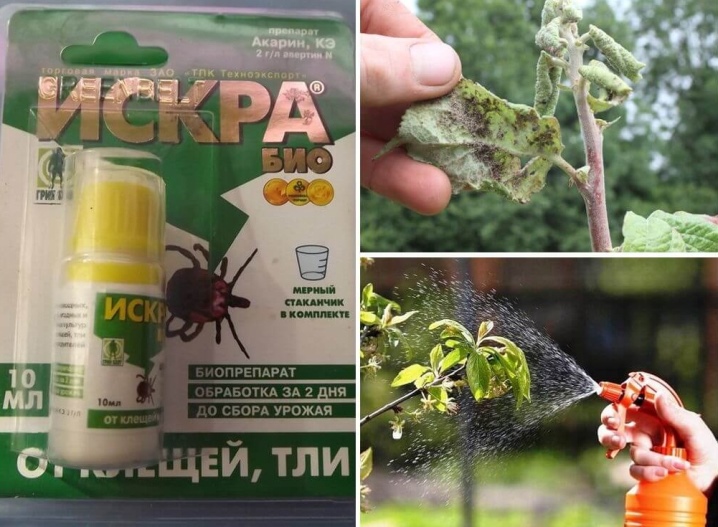
Will help in the fight against this pest and folk remedies. The most popular option is a concentrated soap solution. It is prepared from 20 grams of soap shavings and a liter of warm water. Concentrated ash solution, tinctures of tansy, onion husks, tobacco or celandine are also suitable for processing. You need to spray not only cherries, but also other plants.
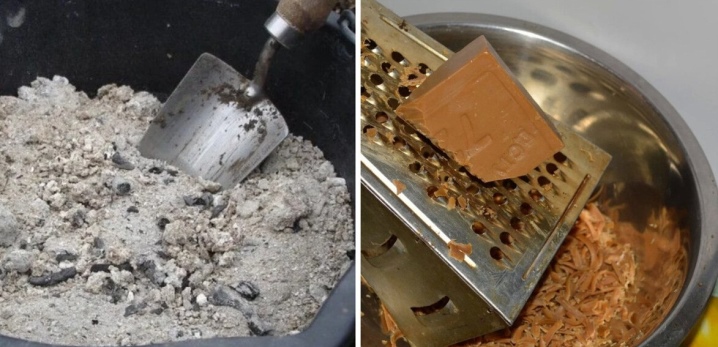
In order to consolidate the result, you need to get rid of not only aphids in the area, but also ants.
Anthills can be treated with special chemicals, or simply watered with boiling water.

Plum moth
This pest is a small gray butterfly. The insect itself does not carry much harm to trees. But its larvae quickly destroy the crop.
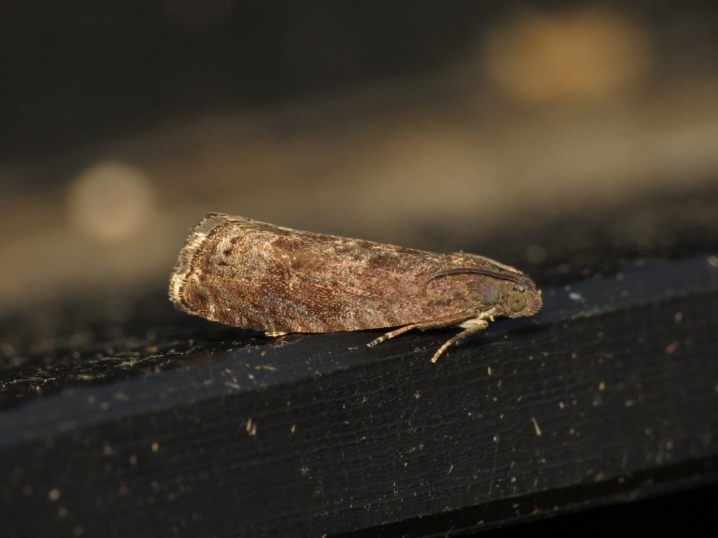
Various means can be used to control these pests. Experienced gardeners recommend giving preference to biological insecticides. They do not harm either human health or the environment. For the treatment of plants, you can use products such as Fitoverm or Iskra.
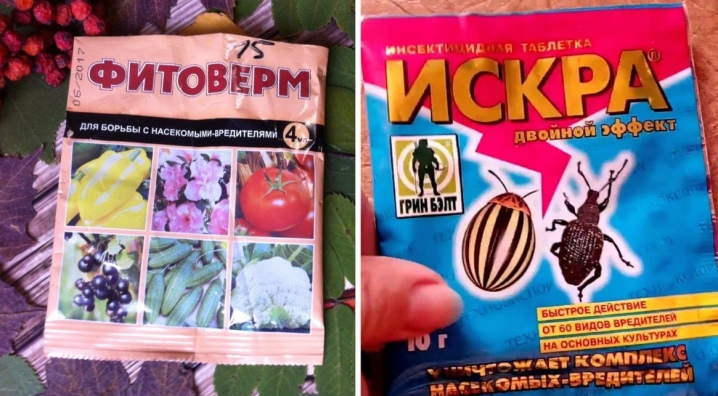
Another safe way to get rid of the plum moth is use of special traps... To create them, containers are filled with a mixture of compote and glue. Then they are hung on a tree. After a few days, the traps are cleaned of caught insects. You can also use adhesive belts impregnated with such a solution, which are fixed on the tree trunk.

Various folk remedies are also used for processing. Helps well to protect trees concentrated ash solution. It is prepared very simply. A kilogram of sifted wood ash is diluted in 1 liter of water and boiled for 5-10 minutes. After that, he needs to be allowed to cool.
This mixture is infused during the day. After the right time has passed, you need to add a quarter of a piece of grated laundry soap to this product. Before use, the mixture is diluted in cold water in a ratio of 1 to 3.
You can spray infected plants several times. This will completely get rid of the insects.


Leaf roll
If the leaves of the felted cherry begin to curl, this may indicate that the plant has been attacked by a leaf roll. This pest is a small green caterpillar. They eat fruits, buds and leaves.
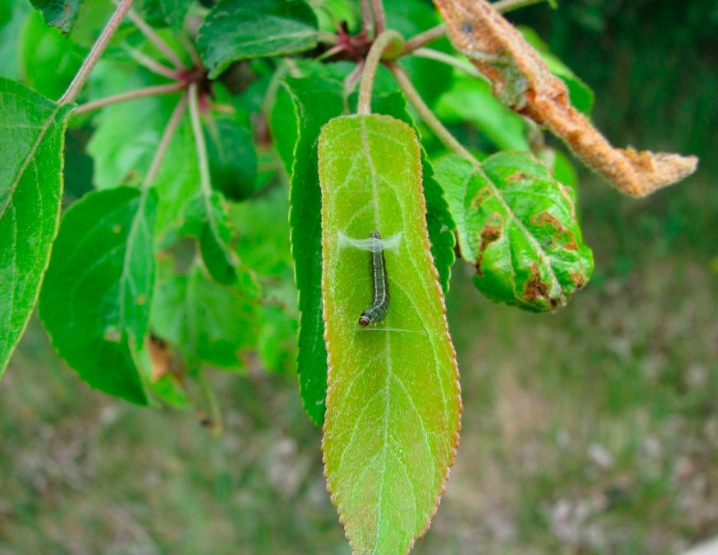
Fighting this pest is not so difficult. Large caterpillars can be harvested by hand and destroyed immediately. If the infestation is very strong, you can use proven insecticides, for example, "Ivanhoe".

Plum mite
This pest feeds on cherry juice... It is quite easy to recognize its appearance. Noticeable warty growths appear on the tree. It is in these pockets that the plum mite is hiding.

You can get rid of such an insect using the proven old-fashioned method. The tree just needs to be poured with boiling water. This will kill the tick larvae. Hot water will not harm the plant itself.
But this procedure can be carried out only in early spring, even before the budding period.
Felt cherry can be harmed not only by insects, but also by rodents... In winter, they hide under the snow in snowdrifts and gnaw the bark of both young and adult plants. This makes them weaker and more susceptible to various diseases.
To protect cherries from these pests, the tree must be prepared for wintering in the fall. The lower part of the trunk can be tied with spruce branches or a mesh with small cells. Mousetraps placed on the site work in the same way. In addition, ordinary poison can be used. But this must be done carefully. After all, if there are pets on the site, they can eat an infected mouse and also get poisoned.

Prevention measures
To protect plants from most diseases and pests, certain preventive measures must be followed.
- In the spring, you need to inspect the tree and thin out its crown. It is necessary to get rid of all weakened and dry branches.
- Felt cherries, like other stone fruits, are treated for prevention with a 3% solution of Bordeaux liquid... This helps to protect it from most fungal diseases.
- In summer, for prevention, green foliage is sprayed with garlic, tobacco or ash infusion... And also at this stage of development, cherries can be treated with light insecticides or fungicides.
- In autumn, the site must be cleaned of fallen leaves.... It is not composted, but burned away from your garden.
- Before winter, it is recommended to remove all weeds near the cherries, and also loosen the soil in the trunk circle.
Experienced gardeners also know that there are cherry varieties that are more resistant to fungal diseases and insect attacks. It is them, if possible, that should be planted on your site. It is worth paying attention to varieties such as "Children's", "Alice", "Morning".
Growing a good harvest of felted cherries is not difficult. At the same time, you do not have to spend too much time caring for the plant. It is enough just to keep the garden clean and carefully monitor the condition of the trees.

You can find other helpful tips for caring for your felt cherry below.













The comment was sent successfully.